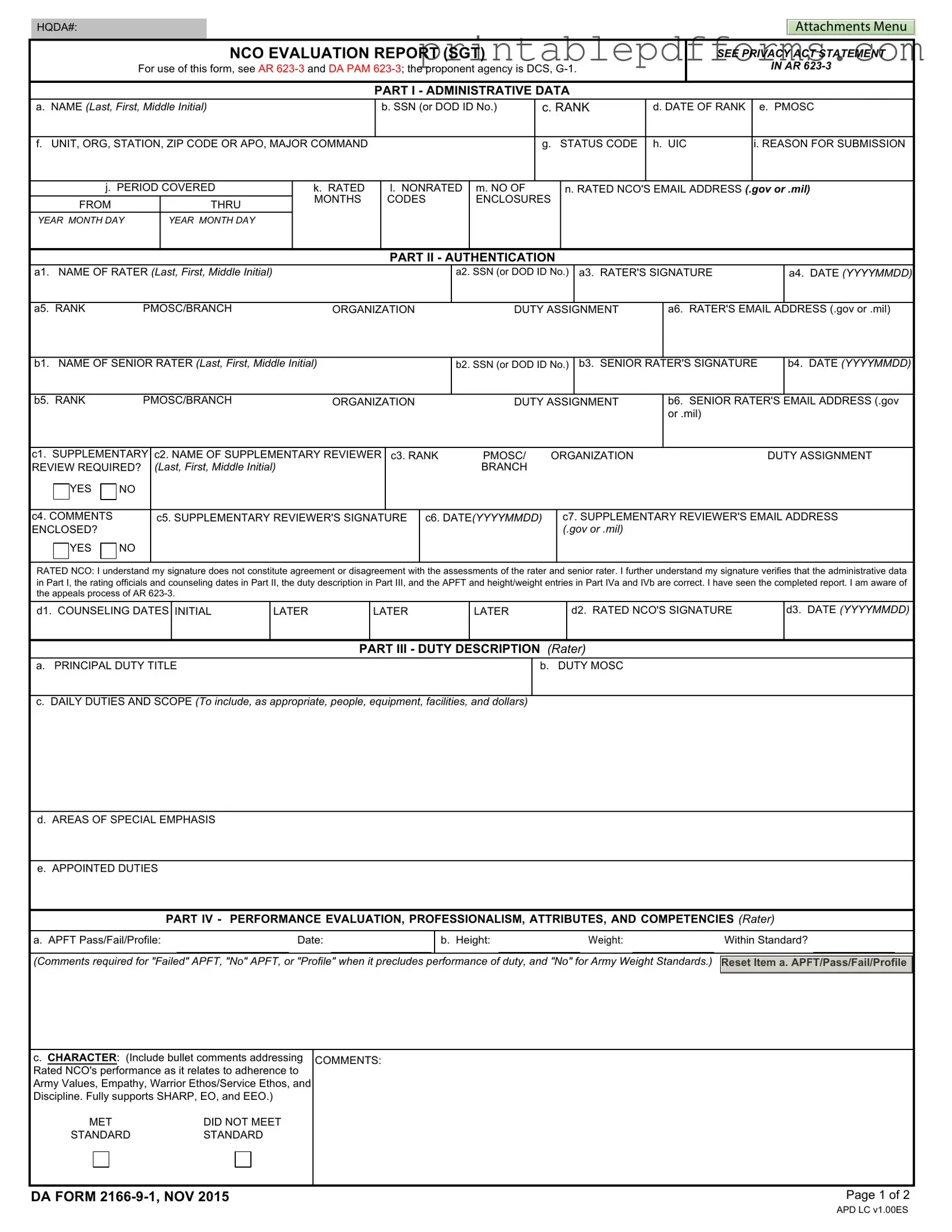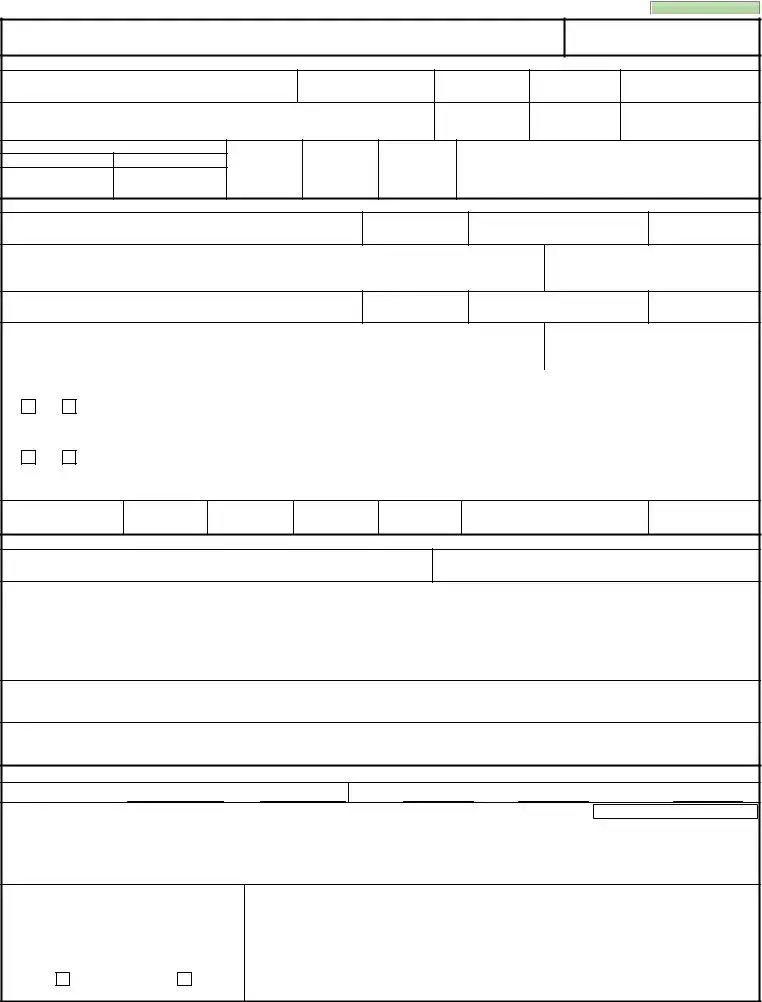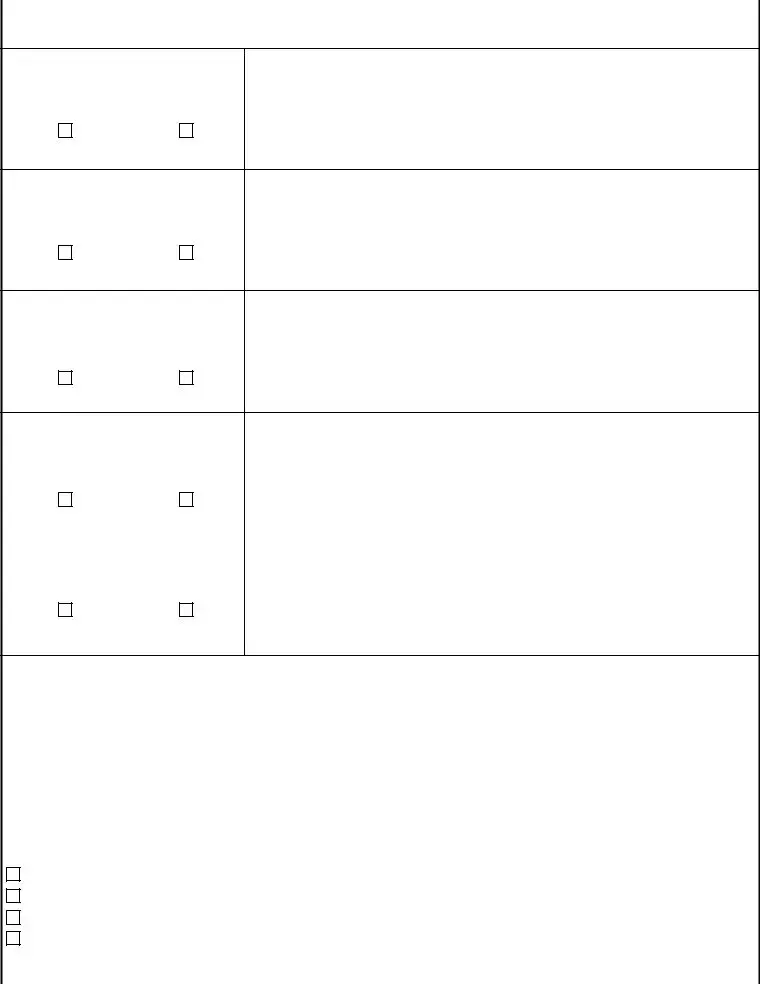The DA 2166 9 1 form is used for evaluating non-commissioned officers (NCOs) in the rank of Sergeant. This evaluation report helps assess an NCO's performance, professionalism, and potential for future assignments. It serves as an official record that can impact promotions, assignments, and career progression.
The form must be completed by the rater, who is typically the immediate supervisor of the rated NCO. Additionally, a senior rater is involved in the evaluation process, providing an overall assessment of the NCO's potential. The rated NCO also has a role in verifying the information and acknowledging the evaluation.
Part I collects essential administrative data, including:
-
Name of the rated NCO
-
Social Security Number or DOD ID Number
-
Rank and Date of Rank
-
Unit and Organization details
-
Period covered by the evaluation
-
Email address of the rated NCO
This information ensures that the evaluation is accurately attributed to the correct individual.
How does the evaluation process work?
The evaluation process begins with the rater assessing the NCO's performance based on various criteria, including leadership and professionalism. The senior rater then reviews this evaluation, providing their insights and overall potential assessment. The rated NCO has the opportunity to sign the form, indicating they have seen the completed report, though this signature does not imply agreement with the ratings.
What are the key areas evaluated in Part IV?
Part IV focuses on several critical performance areas, including:
-
Character
-
Presence
-
Intellect
-
Leadership
-
Development of others
-
Achievement of results
Each area is assessed as either meeting or not meeting standards, with comments provided to support the ratings. This comprehensive evaluation helps paint a complete picture of the NCO's capabilities.
What happens if an NCO disagrees with their evaluation?
If an NCO disagrees with their evaluation, they have the right to appeal the assessment. The appeals process is outlined in AR 623-3, and it allows the NCO to formally contest the evaluation. It's important for NCOs to be aware of this process and to gather any supporting documentation that may help their case.
The DA 2166 9 1 form is typically completed annually or at the end of a specific rating period. However, it may also be submitted when there are significant changes in the NCO's duties or if they are being considered for a new assignment. Regular evaluations help maintain an accurate and up-to-date assessment of an NCO's performance.


